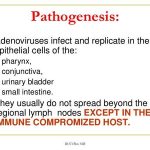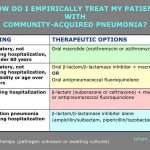
Chlamydia pneumoniae an obligate intracellular bacteria, has been established as an important cause of adult respiratory disease including pneumonia, bronchitis, sinusitis and pharyngitis. There is no animal reservoir. Incidence/Prevalence in USA: Estimated incidence of 100 to 200 cases of pneumonia/100,000/ year.









